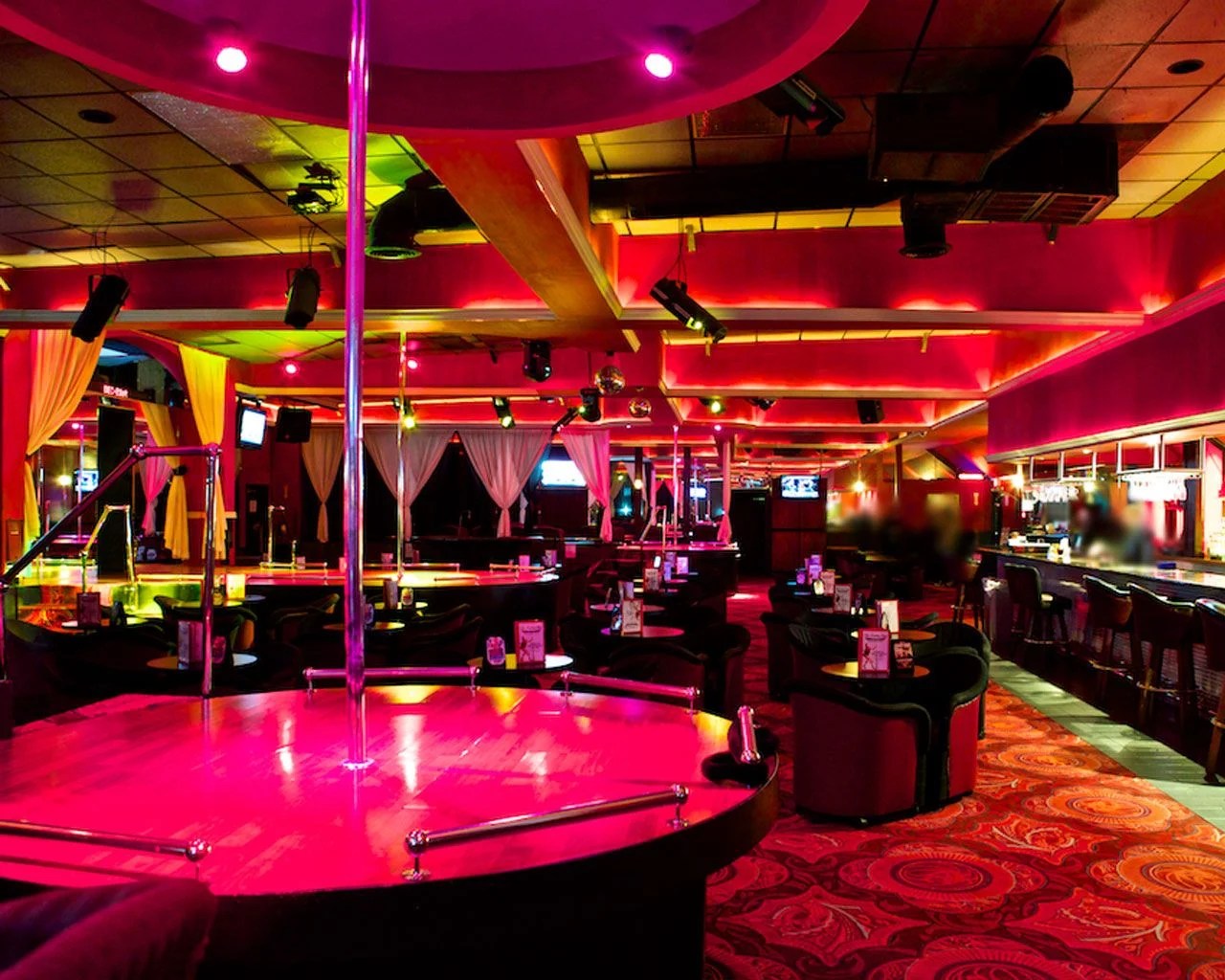Strip clubs have long been a fascinating aspect of nightlife and adult entertainment, captivating audiences with their tantalizing performances and vibrant atmospheres. These establishments offer a unique blend of artistry, sensuality, and social interaction, making them a popular choice for nights out. While often shrouded in stigma, strip clubs provide a space where individuals can explore their desires, celebrate the human body, and engage in a form of entertainment that has been a part of various cultures for centuries.
The allure of strip clubs lies not only in the performances but also in the ambiance they create. With dim lighting, pulsating music, and a lively crowd, these venues become a playground for adults seeking a break from the mundane. Whether it's a bachelor party, a birthday celebration, or simply a night out with friends, strip clubs cater to diverse audiences, offering entertainment that is both exhilarating and liberating.
As societal norms evolve, so too does the perception of strip clubs. No longer relegated to the shadows, many of these establishments are embracing transparency and professionalism, fostering an environment that prioritizes the safety and respect of both performers and patrons. In this article, we will explore the world of strip clubs, delving into their history, cultural significance, and the dynamics at play within these intriguing venues.
What is the History of Strip Clubs?
The origins of strip clubs can be traced back to various forms of entertainment throughout history. In ancient times, performances that included dance and nudity were often held in religious or celebratory contexts. As societies evolved, these performances transformed into more commercial ventures, leading to the establishment of burlesque shows and cabarets in the late 19th and early 20th centuries.
In the mid-20th century, the modern strip club as we know it began to take shape, particularly in the United States. The combination of changing social attitudes towards sexuality, the sexual revolution, and the rise of feminism contributed to the popularity of strip clubs. Today, they exist in various forms around the world, from upscale gentlemen's clubs to more casual venues.
How Do Strip Clubs Operate?
Strip clubs operate under a unique business model that combines entertainment, hospitality, and sometimes, food and beverage service. Typically, patrons pay a cover charge to enter, which grants them access to the performances. Once inside, customers can purchase drinks, and in many establishments, they can tip performers directly for their dances.
Many strip clubs also offer private dances or VIP sections where patrons can enjoy a more intimate experience. It’s important to note that each club has its own set of rules and regulations, which can vary widely. Understanding these guidelines is crucial for anyone looking to visit a strip club for the first time.
What Are the Different Types of Strip Clubs?
Strip clubs can be categorized into several types, each catering to different tastes and preferences. Here are a few common types:
- Gentlemen’s Clubs: Upscale venues that often feature high-end decor and a more exclusive atmosphere.
- Adult Entertainment Bars: More casual settings that may offer a mix of live performances and bar activities.
- Burlesque Shows: These clubs focus on theatrical performances, often incorporating comedy and storytelling.
- Lap Dance Venues: Clubs that specialize in private dances, usually with less emphasis on stage performances.
Who Are the Performers in Strip Clubs?
Performers in strip clubs come from diverse backgrounds, each bringing their unique flair to the stage. Many dancers view their work as a form of self-expression and empowerment. However, the decision to perform in a strip club is not without its challenges and stigmas.
What Motivates Individuals to Become Strip Club Performers?
There are various motivations for individuals to become performers in strip clubs. Some common reasons include:
- Financial Independence: Many performers see it as a lucrative way to earn money, especially if they are pursuing other goals such as education.
- Creative Expression: For some, dancing is an art form and a way to express their sexuality and confidence.
- Flexibility: Strip club schedules often allow for a flexible working environment, appealing to those with other commitments.
What Are the Challenges Faced by Strip Club Performers?
Despite the allure and potential benefits, performers in strip clubs face several challenges:
- Stigma: The societal stigma attached to stripping can lead to judgment and discrimination.
- Safety Concerns: Ensuring personal safety while working in an environment that can attract unwanted attention is a constant concern.
- Health Risks: Like any performance profession, there are physical demands and potential health risks involved.
How Do Strip Clubs Impact Society?
Strip clubs play a complex role in society, often serving as both a source of entertainment and a point of contention. They can challenge traditional views on sexuality, body image, and gender roles, offering a space for exploration and acceptance. However, they can also perpetuate stereotypes and contribute to issues surrounding objectification and exploitation.
Can Strip Clubs Foster Empowerment?
For many performers, strip clubs can be empowering spaces that provide financial independence and a sense of community. By embracing their bodies and sexuality, these individuals challenge societal norms and redefine what it means to be empowered. The narrative surrounding strip clubs continues to evolve, encouraging more open discussions about the complexities of this form of entertainment.
What Are the Future Trends for Strip Clubs?
As cultural attitudes towards sexuality and adult entertainment change, strip clubs are likely to adapt accordingly. Here are some potential trends to watch for:
- Increased Professionalism: More clubs are likely to prioritize the safety and well-being of performers and patrons.
- Digital Integration: With the rise of social media and streaming services, virtual strip clubs and online performances may gain popularity.
- Emphasis on Diversity: Expect to see a broader representation of body types, genders, and performances, catering to a wider audience.
Exploring The World Of Watchbay Cast
Unraveling The Mystery: Is Joan Cusack Married?
Drew Pritchard: Exploring His Net Worth And Success


